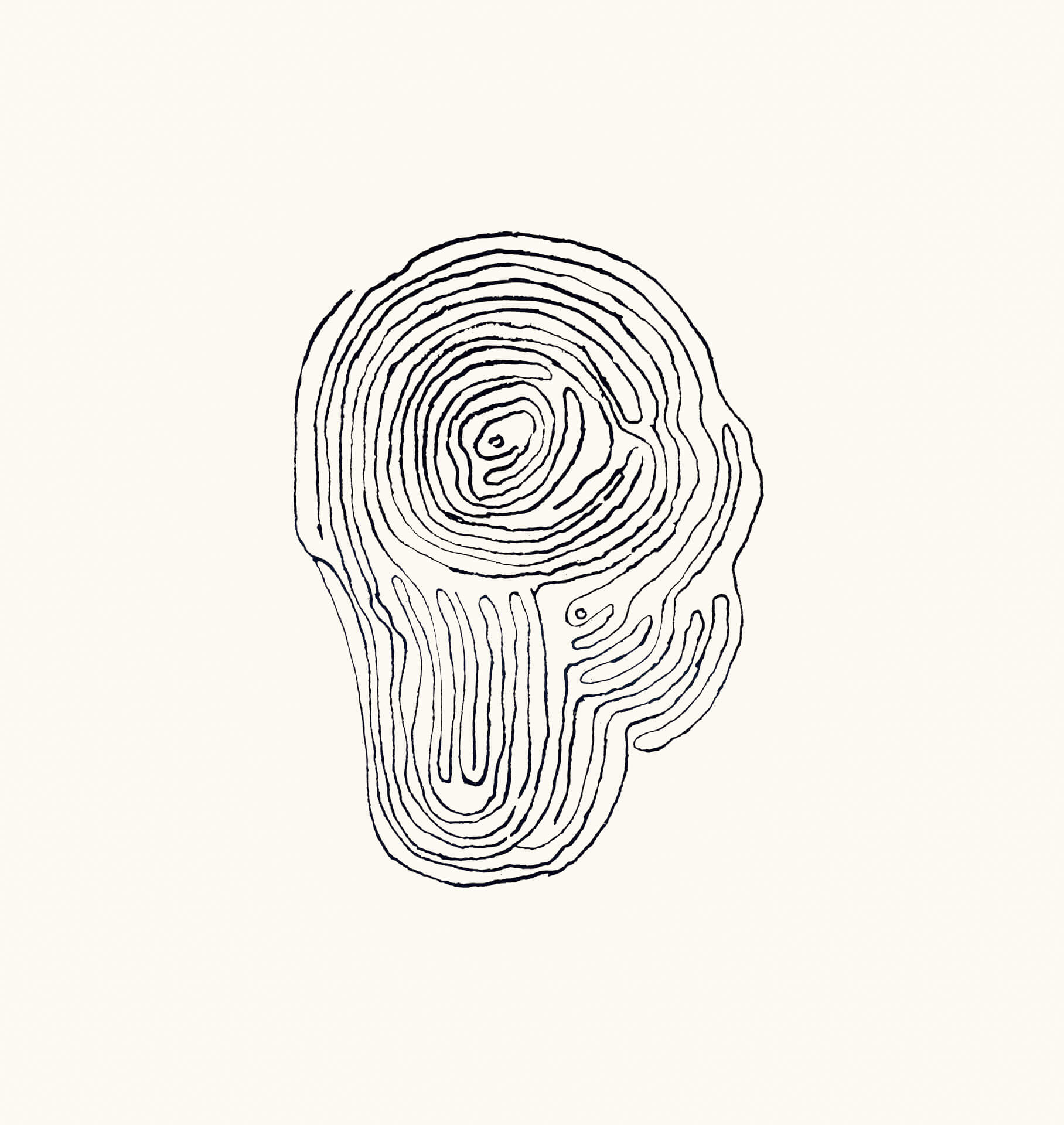Maps are not just a symbolic representation of a portion of flat space. Maps indicate, describe, allude to a path. They establish fixed and precise points: where we are and where we could go. The same thing happens when we observe the image of a maze. In substance, every graphic representation of a maze is a map, but not every map has the complexity and malign subtlety of a maze. A maze is a place where you get lost, where you seek a destination despite having little hope of finding it, of making it out without encountering dead ends, after overcoming natural or artifical obstacles that don’t cause harm but do waste time and above all try to cause anxiety and make you lose hope of getting out of the nightmare or, on the contrary, conquering the goal you long to reach at its centre.
In fact:
There are two types of maze: centrifugal and centripetal. In the first, the aim is to escape from the central chamber towards the outside. In the others, you start from a precise position on the outside and go inwards to a set point. The combination of these two types generates a maze with an entrance and an exit.
There are two types of maze: linear ones and ones with branches. The former, better defined as “unicursal”, alternate straight lines with corners or curves in a series of continuous circumvolutions, but there are no junctions, there’s never any possibility of making a decision. In substance, the route is obligatory and is a good representation of the twists and turns, effort and time needed to achieve the goal. Instead, “multicursal” mazes place us before a decision at every junction. While it’s impossible to get lost in the first, in the second it’s very easy to go round and round until you give up.
There are two types of maze: ones that only have one start and one finish and others that have more than one of each. In this case, the routes are completely different and independent and can’t cross over unless it’s to obtain different goals from a single starting point or to have two starting points for a single goal.
There are two types of maze: ones that branch off at the junctions and others with internal “rings”. In the first, better defined as “simply connected”, you can reach the goal by simply staying on the right (or left) even if it means taking you the long way round. In the others, you need to leave a sign, a symbol, at the junctions where you’ve already been to avoid going round and round and round.
There are two types of maze: ones where you can see the whole way round, and ones where you can see part. The first are formed by two-dimensional images (on paper, on a floor, on a wall) and the eye can follow them easily. The others, formed by hedges or walls, you have to walk round. In these, even the simplest path can end up seeming so difficult that it can make you panic.
There are two types of maze: 2D and 3D. In the latter, a bridge (or a tunnel) can take you off the level surface and so crossroads can be created between paths on levels that don’t actually cross over each other. Their course is substantially a sum of as many different mazes as there are layers. Paradoxically, with some simple graphic tricks, you can depict a 3D maze on a flat surface.
There are two types of maze: easy ones and complex ones. The first train children’s eyes and hands to follow a path without getting distracted and, above all, without losing faith that they’ll reach the goal. The others twist round and round themselves, to the point of metaphorically representing the intricate circumvolutions of the brain or fingerprints.

